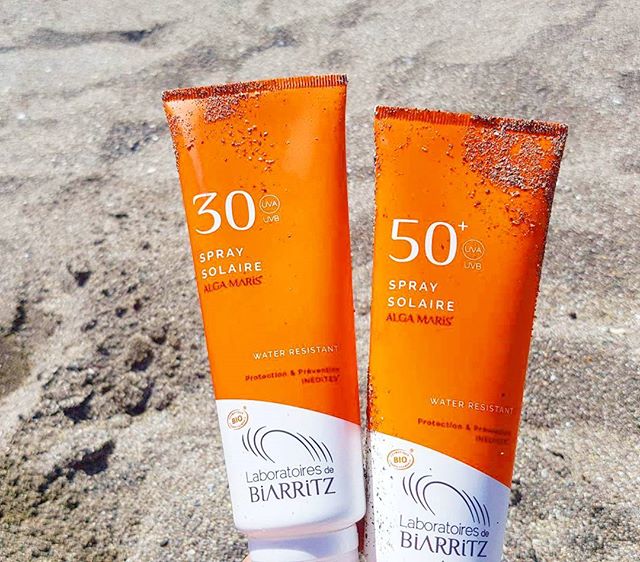Protect oneself from the sun, even at night? A group of Researchers (Premi et al) from Yale brought to light the mechanism of how the sun, more precisely UV radiation, can act on the skin even after exposure. Their “chemiexcitation” (chemical excitation) model shows how friends can be turned to foes when it comes to skin cancer.
It doesn’t need to be repeated: UV radiation is at the origin of most skin cancer. UVB (wavelengths under 300 nm) have mutagenic action during exposure: irradiated DNA crosslinks in a way that can lead to melanoma. However, even several hours after exposure, when we are safely in the dark so to speak, the same kind of mutations can occur but this time because of UVA (wavelengths over 300 nm).
So how does UVA act in the cover of darkness?
By using one of our natural means of protection: melanin. Melanin production is a protection mechanism, as a natural UV filter it widely absorbs UV radiation, and gives our skin a tan in the summer.
However, when UVA hits the skin, they generate free radicals. The free radicals generated can’t reach the nucleus however, where the cell’s genetic material is found. They can transfer their ‘excited’ state to melanin fragments though. These newly ‘excited’ melanin fragments are liposoluble and can penetrate into the nucleus, where they can interact with DNA and generate the same kind of melanoma causing mutations as UVB. In this way, the majority of this specific kind of mutation could happen in the dark!
Luckily, the energy relay gives the time to act. In our Algamaris Sunscreens and After-Sun products, we include antioxidants like Alga-Gorria and vitamin E (tocopherol). These ingredients can act to stop the chain of reactions leading to melanin excitation, and stop the negative effects of free radicals.
